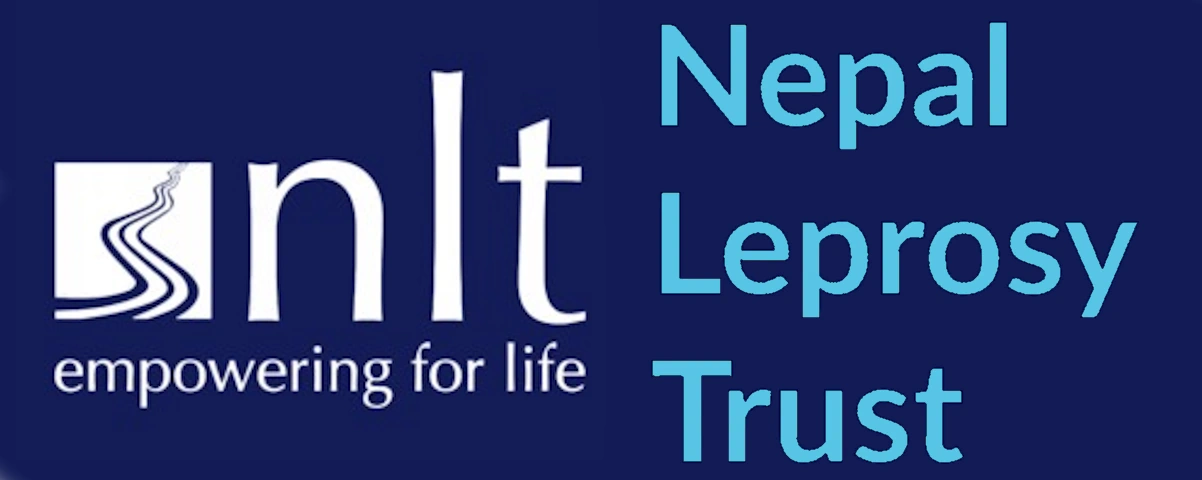40 Years!
This year marks 40 years since Multidrug therapy was first used to cure leprosy.
Since ancient times, people all over the world have been marginalised, isolated and stigmatised because of leprosy. Forced out of their communities and confined to leprosy villages and hospitals, abandoned by their families.
Hansen’s discoveries about leprosy were a breakthrough. It meant that advances in research could be made. But it wasn’t until a century later that the next amazing breakthrough in the battle against leprosy would be made. The first effective treatment for leprosy, promin, became available in the 1940s. By 1950s dapsone was introduced. The search for further effective anti-leprosy drugs continued through the 1960s and 70s.
The greatest step forward, however, was in 1982 when doctors and scientists trialled the first combination-type drug therapy where three different antibiotics were used. The drug combination, aptly named Multidrug therapy (MDT), was a gamechanger. For the first time it was possible to cure leprosy once and for all.
So, if there is a cure, why has leprosy not been eradicated?
Many live a long way from a hospital or clinic. Others fear a diagnosis of leprosy which could lead to ostracism and being thrown out of their homes and communities.
Treating leprosy in its early stages is vital to prevent disability, so better diagnostic tools are needed for the professionals who visit and work in the villages, making friends of those who need help and explaining to everyone what is leprosy, and the simple solution to stop it spreading.
